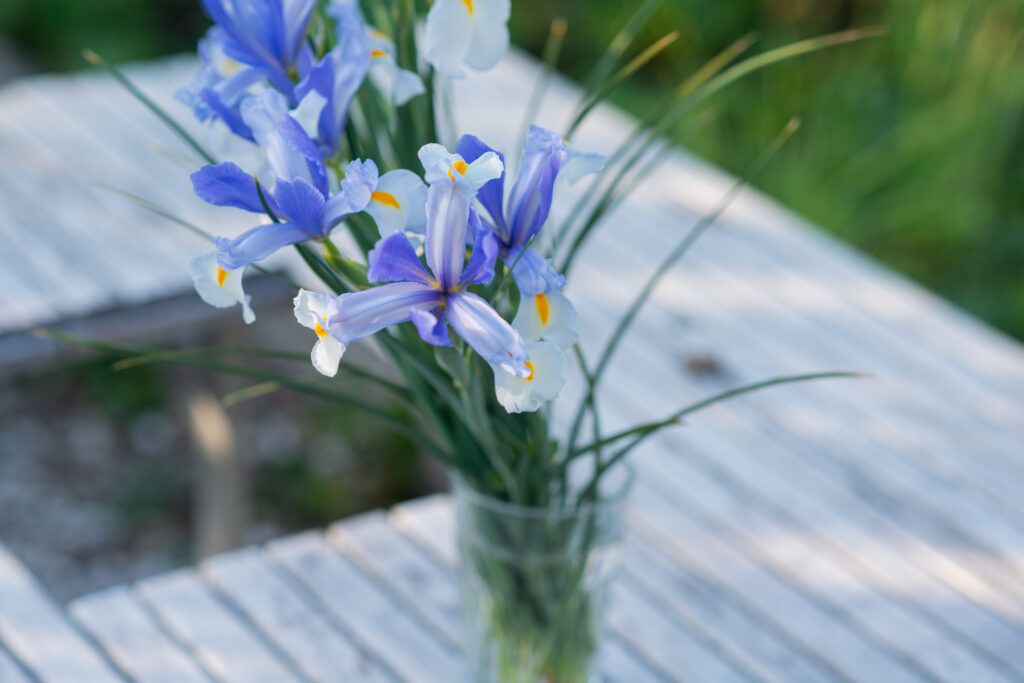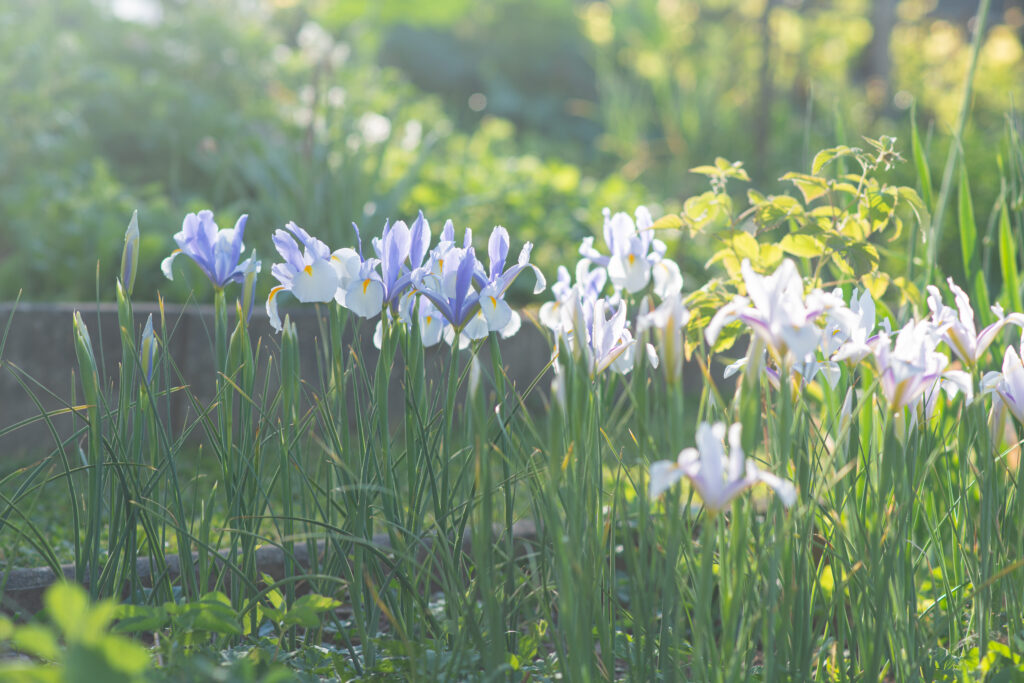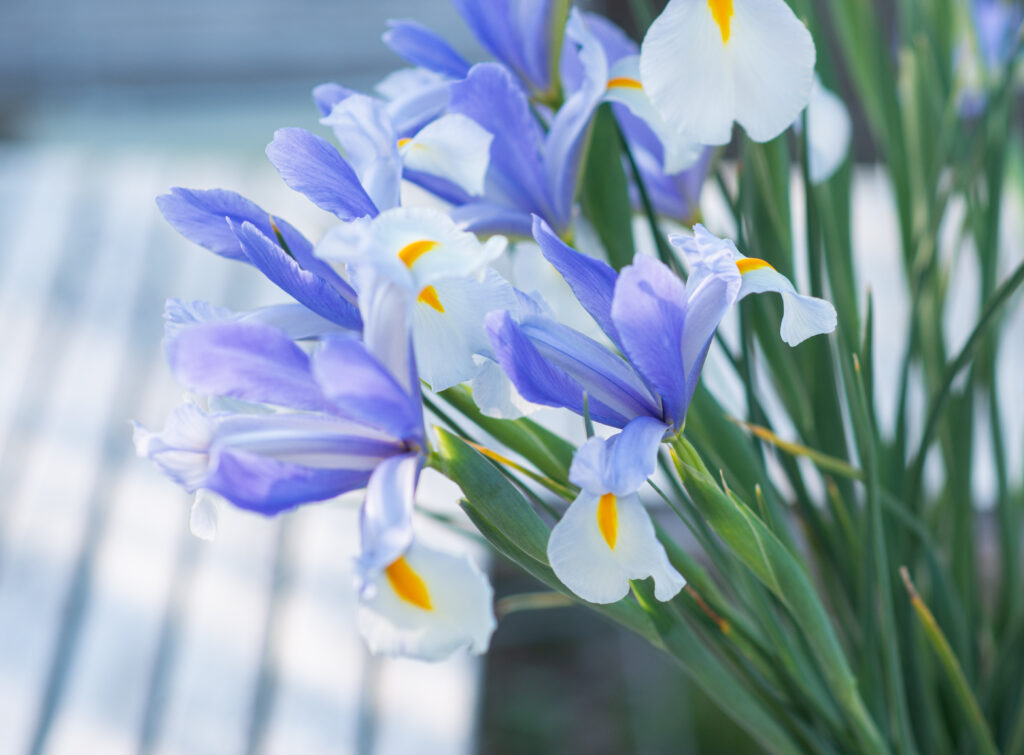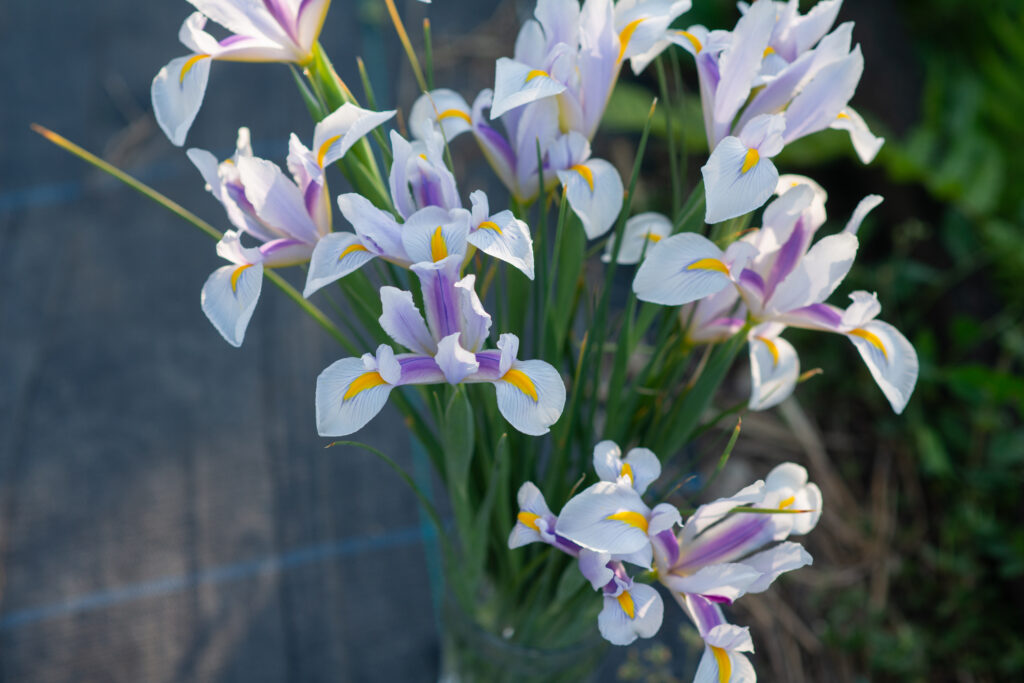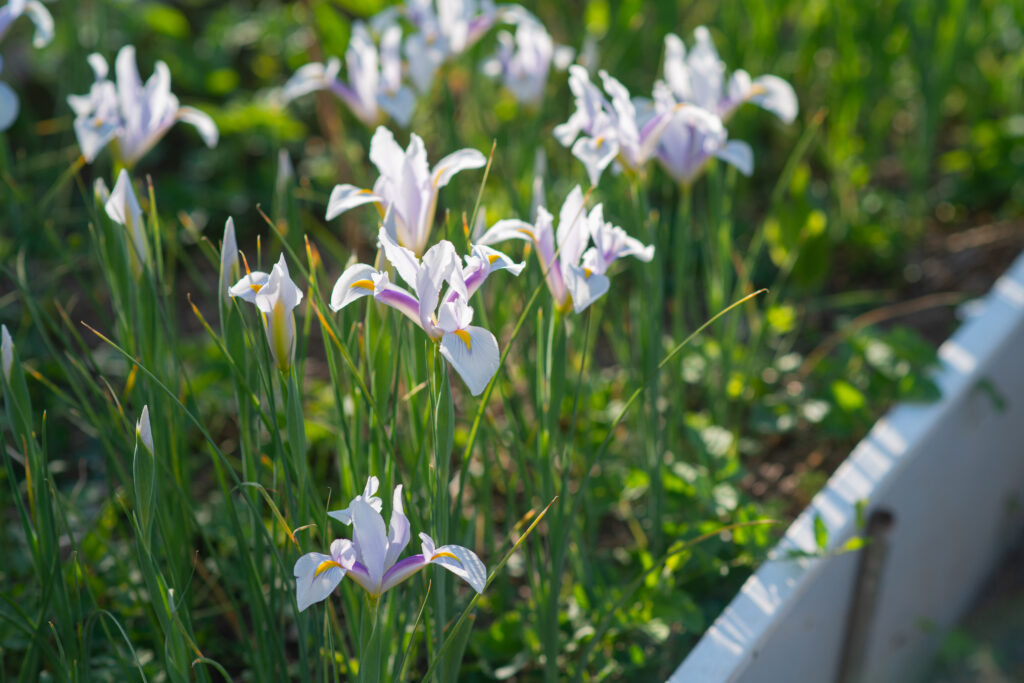Your cart is currently empty!
Category: Flower bulbs
-
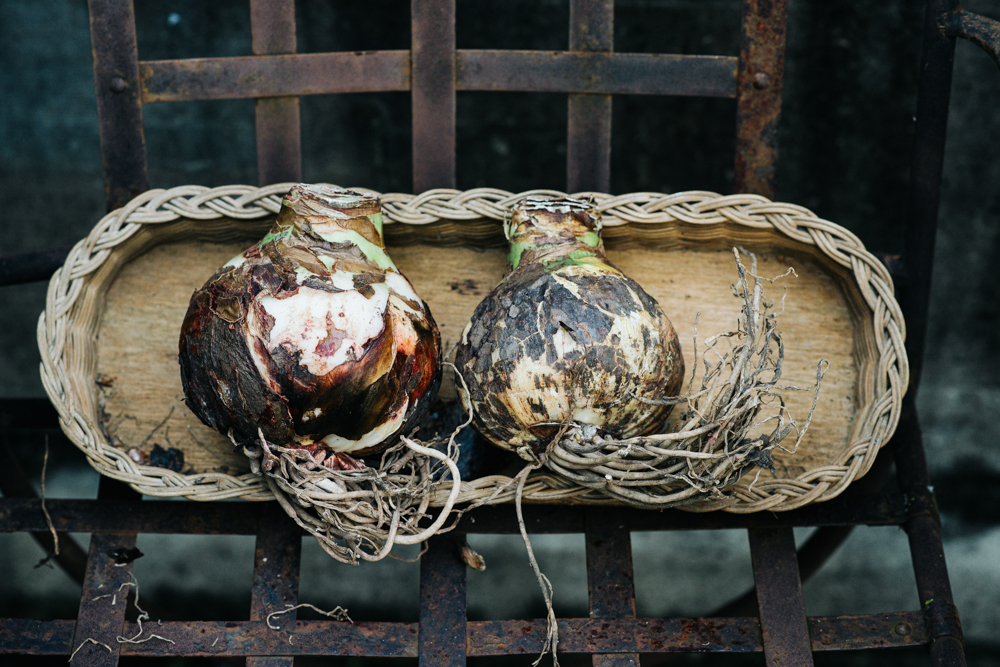
How to Store Amaryllis Bulbs (Hippeastrum)
Preserving an amaryllis bulb after flowering is not easy, but you can try.
The recipe I will leave below is written from the words of one resident of our village. Once, seeing how she put pots with hippeastrum bulbs outside, I asked her why she was doing this and received the answer: so that the bulbs would bloom the following year. Then I asked her to tell me in detail how she does it.

RECIPE
- Cut after flowering: After flowering, cut off the faded flowers with the stem (a few centimeters above the bulb). Leaves are not cut off, healthy leaves should grow and develop, since the bulb receives nutrients from them, which is very important for photosynthesis.
- Location and care in summer: From mid-May to September (depending on the climate in your region. Important: there should be no frost), place the pot outside in a bright, but not too sunny place. Water the plant regularly, but avoid stagnant water. Fertilize every two weeks with any fertilizer for flowers (even fertilizer for geraniums will do).
- Preparing for the rest phase: At the end of summer, from September to November, watering and fertilizing are gradually reduced. If the leaves turn yellow and die, cut them off completely.
- Storing onions: Remove the bulb from the soil, thoroughly clean it from excess soil and remove dead roots. Store the onion in a cool, dark and dry place at a temperature of about 10-15 °C. or you can leave the bulbs in the pot and transfer them to a cool, dark and dry place with a temperature of about 10-15 °C.
- Transplantation in autumn: In the fall, plant the bulb in fresh soil or add a little fresh soil to the pot so that a third of the bulb protrudes from the soil. Place the pot in a bright place and water moderately until new shoots appear.
I myself have not tried to save heppeastrum bulbs for a second year, but now that I have learned about this method, I will definitely try.
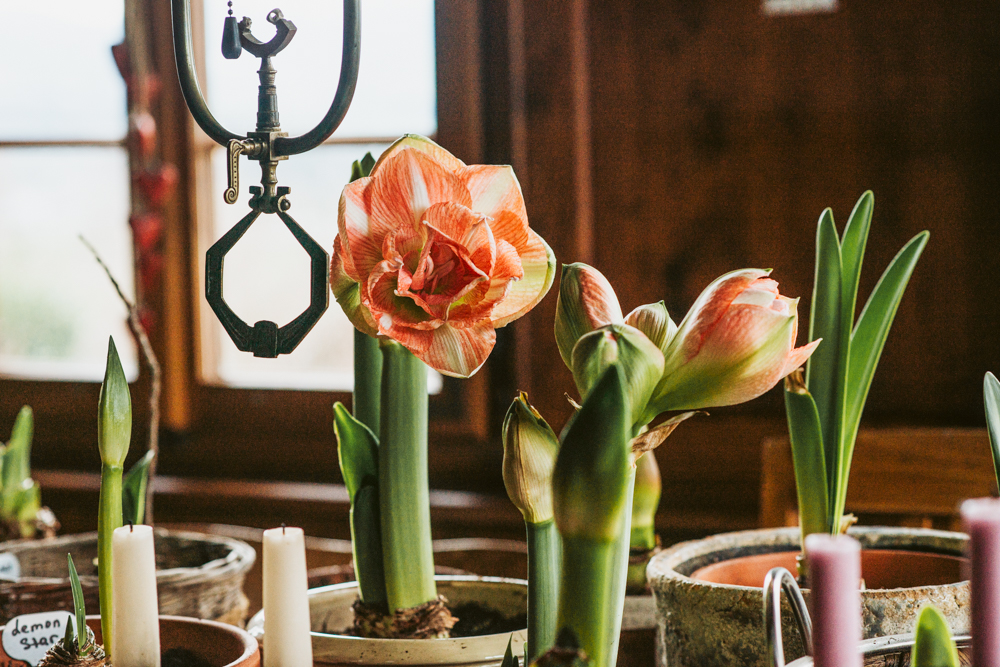
Good luck to everyone who wants to try it too!
Feel free to leave your comments and share your results, I will be very grateful!
-
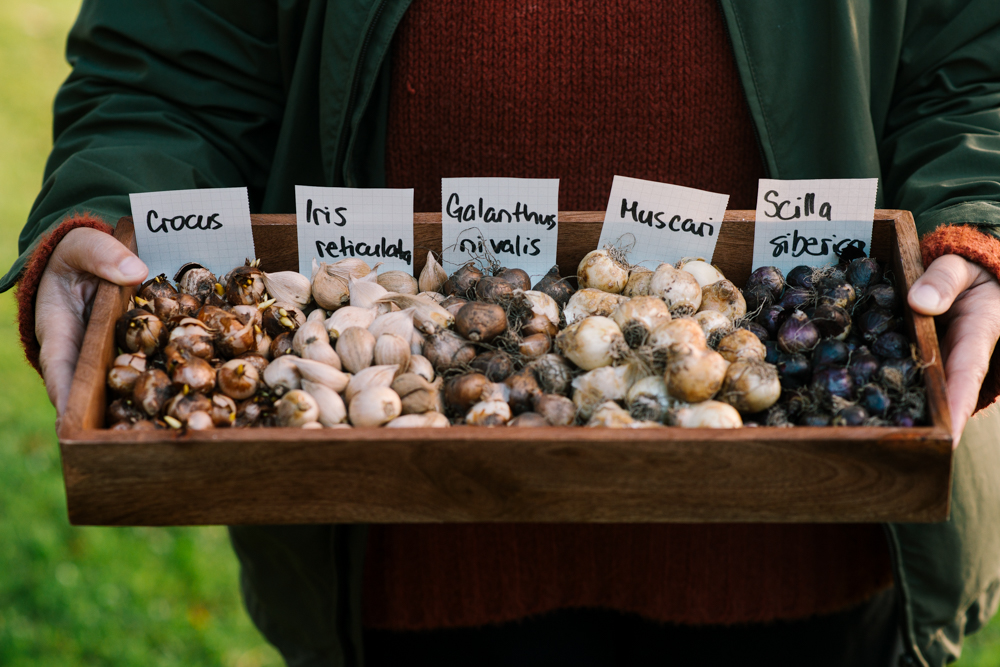
Planting bulbous plants
Spring bulbs are a group of plants that bloom in spring and reproduce by bulbs. Their peculiarity is that they have an underground organ - a bulb, which accumulates nutrients and allows plants to survive unfavorable conditions, such as winter or drought. Spring bulbs are usually the first to bloom, decorating gardens with bright colors.
Examples of spring bulbous plants:
- Tulips
- Daffodils
- Hyacinths
- Crocuses
- Muscari
- Bluebells
- Pushkinia
- Irises reticulata
These plants are easy to grow. Their bulbs are usually planted in the fall so that they have time to root before winter and bloom in the spring. They prefer well-drained soil and sunny areas.
Autumn
When purchasing bulbs, make sure they are healthy, i.e. have no signs of mold or other damage.
Always unpack purchased bulbs and store them in a cool, dry place.
Spring
When the bulbs have finished blooming, cut the stems off at the base. This action helps to gather the life force in the bulbs so that your flowers will appear in full glory next spring.
Allow the leaves and stem to wilt and dry naturally. Then you can remove them.
The bulbs themselves can overwinter and naturalize in the ground, returning each year even more beautiful.
Planting
Landing time September - December Plant type Perennials Companion plants Roses, shrubs, fruit trees Peculiarities Suitable for growing in pots; suitable for cut flowers (except miniature species); attractive to bees and other insects All types of bulbous plants (except double tulips) presented in our assortment are suitable for naturalization (propagation by natural means), i.e. they can be planted directly into the grass throughout the garden, thus creating a meadow effect, or planted in groups of 7-10 bulbs to create an attractive flowerbed.
Plant
Planting depth
Distance between bulbs
Place in the garden
Flowering time
Dutch Iris
10 cm
5 cm
Sun
May/June
Iris Reticulata
5-10 cm
5 cm
Sun/Penumbra
February/March
Muscari
10 cm
5 cm
Sun/Penumbra
March/April
Narcissus
10-20 cm
15 cm
Sun/Penumbra
February/April
miniature narcissus
10-15 cm
8 cm
Sun/Penumbra
February/April
Puschkinia
8-10 cm
5 cm
Sun/Penumbra
March/April
Snowdrops
8-10 cm
5 cm
Sun/Penumbra
February/March
- Plant the bulbs with the pointed side up.
- Mark the planting site with a peg
- Water the bulbs generously after planting.
We wish you a beautiful and bright spring garden!
We will be happy to answer your questions if any. Just leave your comment below the article.
-
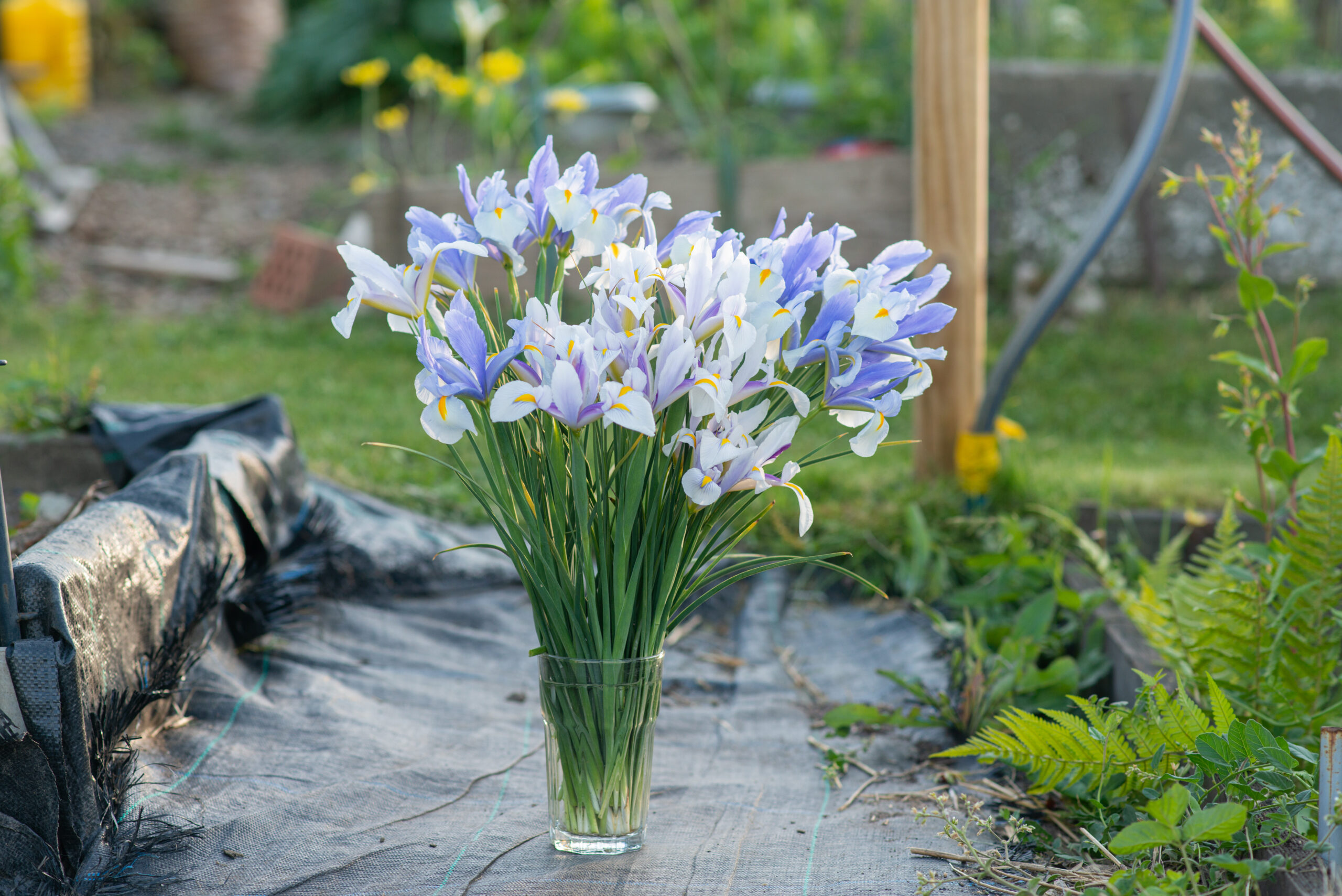
Dutch iris
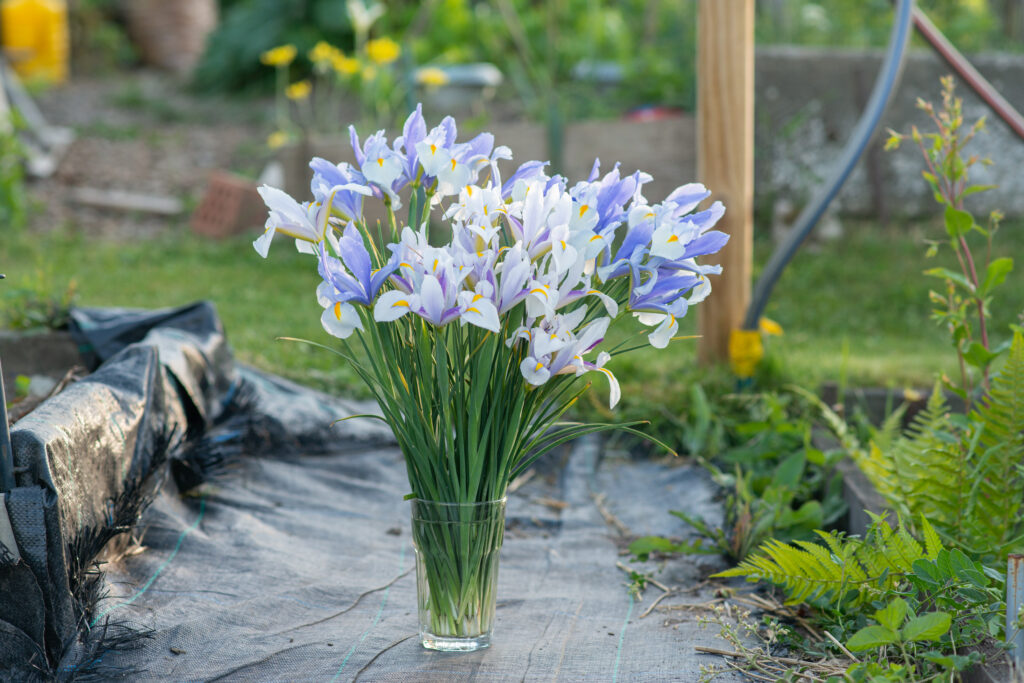
The Iris family is a diverse group of flowering bulbous plants.
There are several species of bulbous irises in this group from dwarf reticulated irises to tall Dutch irises and another species, bearded irises with large fleshy rhizomes.
Originating from various regions including Europe, Asia and North America, these perennials have enchanted gardeners for centuries with their stunning blooms and unique structure. Color palettes range from white and yellow to all shades of purple and pure blue, and all color combinations in between. There are varieties of solid colors and many with bright markings on the drooping leaves.
IRIS x HOLLANDICA
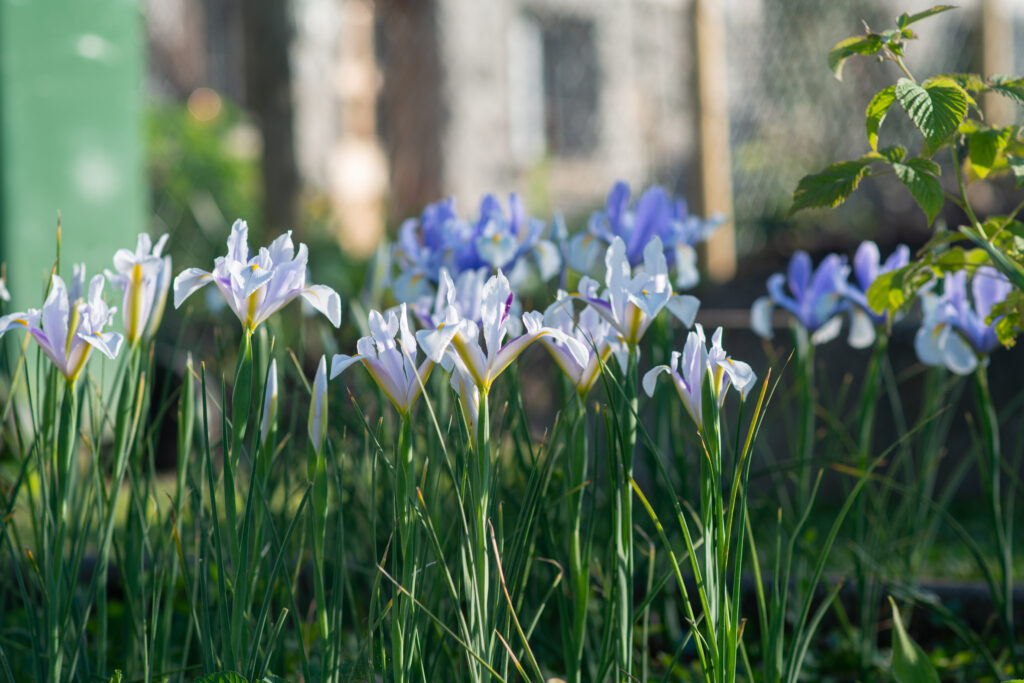
Dutch iris botanically called Iris x hollandica (Dutch Iris), was originally grown mainly as a cut flower and was created by crossing different species in the 19th century. The varieties developed by the famous Van Tubergen flower bulb nursery in the Netherlands were pioneering.
Dutch Iris flowers have become so beloved by gardeners that they are now increasingly common in gardens.
PLANTING
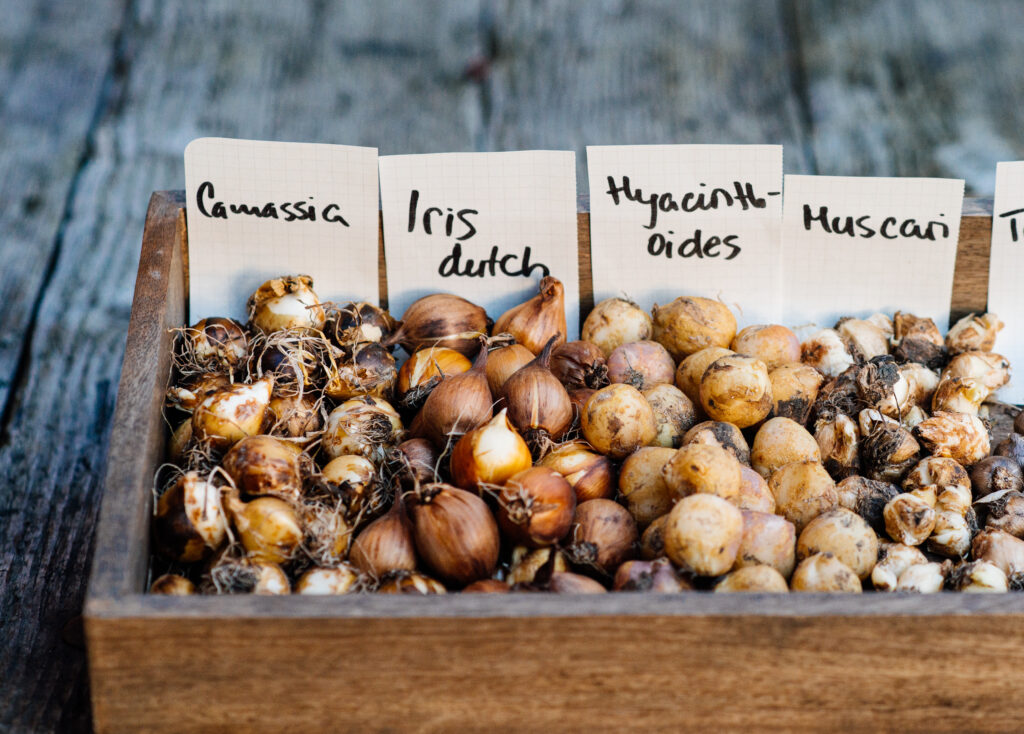
Iris bulbs are planted in the garden in the fall, from October to November, so that they have time to put down roots before the winter cold sets in.
It is not recommended to plant bulbs earlier, otherwise the young leaves that have broken through in early spring may freeze.
Iris bulbs grow well in any ordinary garden soil.
The place for planting should be chosen light, completely open to the sun.
Because irises originated from drought-loving wilderness, the soil must be well-drained.
Iris bulbs are hardy, can tolerate low temperatures and adapt to different climates, making them a versatile choice for a variety of garden conditions.
Plant bulbs at a depth of 10 centimeters with a distance from bulb to bulb of 10 centimeters.
Dutch iris is easy to grow in pots. A drainage layer laid on the bottom of the pot will not be superfluous.
All Iris species are fairly reliable in flowering. Dutch Iris can often fail to return the following year if they lack light.
The Dutch iris is a friendly plant. It looks more spectacular in the garden and grows best in groups if the bulbs are planted in bunches.
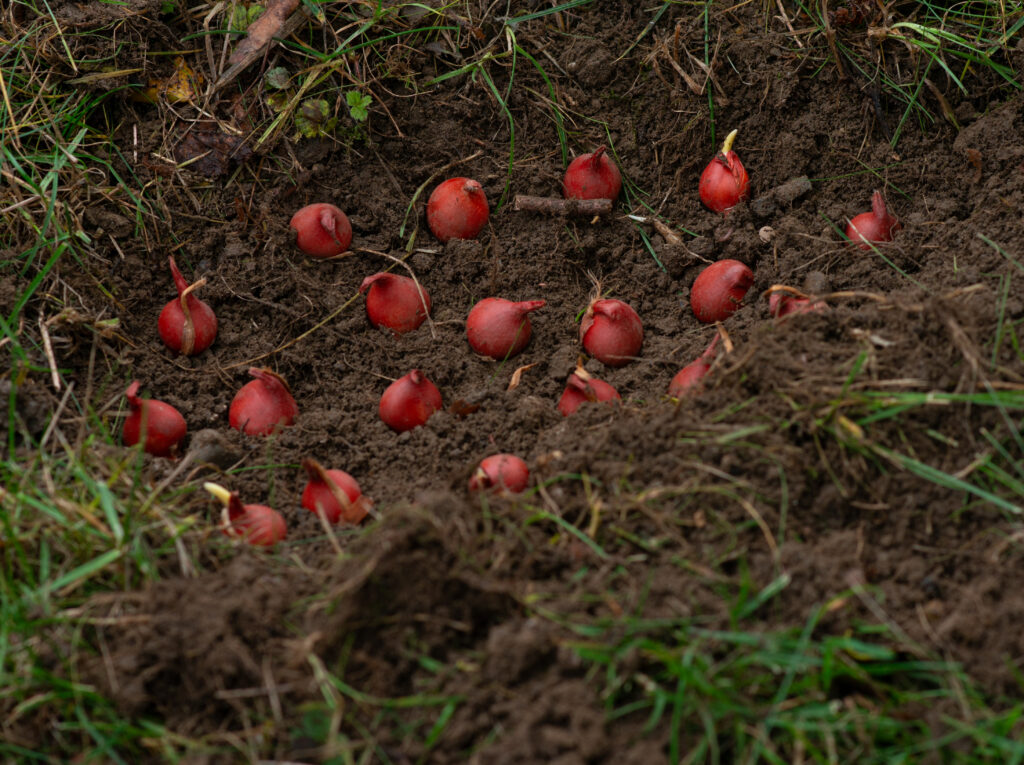
BLOOMING
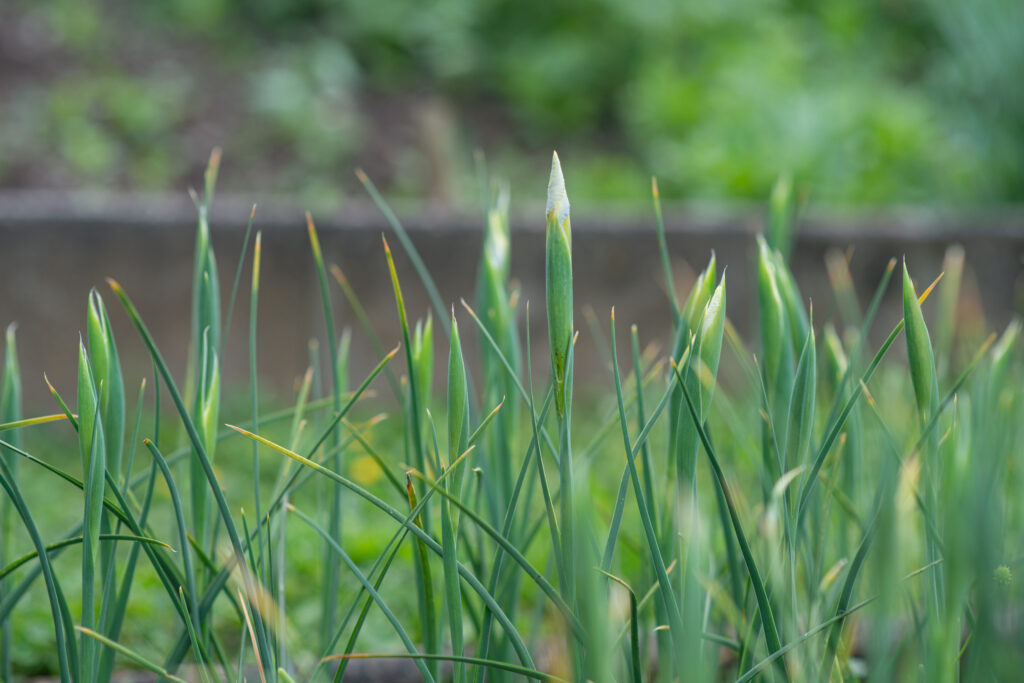
Dutch Iris, Dutch Iris is a late-flowering bulbous plant that blooms from late May through July, just after daffodils and tulips bloom.
Growing 45 to 60 centimeters tall, they are ideal for cutting.
MAINTENANCE
Iris bulb care includes regular watering, especially during dry periods, and a balanced fertilizer application in spring to maintain healthy growth and bright blooms. Mulching around the plants will help retain moisture and regulate soil temperature.
PROPAGATION AND PROTECTION
Dutch irises are propagated by bulbs. After the flowers have fully bloomed and the leaves have yellowed and shriveled, carefully, using a pitchfork, dig the clumps with bulbs out of the ground, divide and transplant them to another place in the garden. Bulbs can be divided and replanted every two to three years.
During the growing season, Dutch irises need plenty of moisture. As soon as the leaves turn yellow, the bulbs can be removed from the ground and stored in a dry place until the new planting date in the fall or late autumn. In favorable locations, they are left in the ground.
In very cold regions, cover the bulb planting sites and sprouted leaves too early, e.g. with spruce branches. Bulbs cannot tolerate standing winter moisture.
When planting, it is important to take care and protect the bulbs from mice and other rodents.
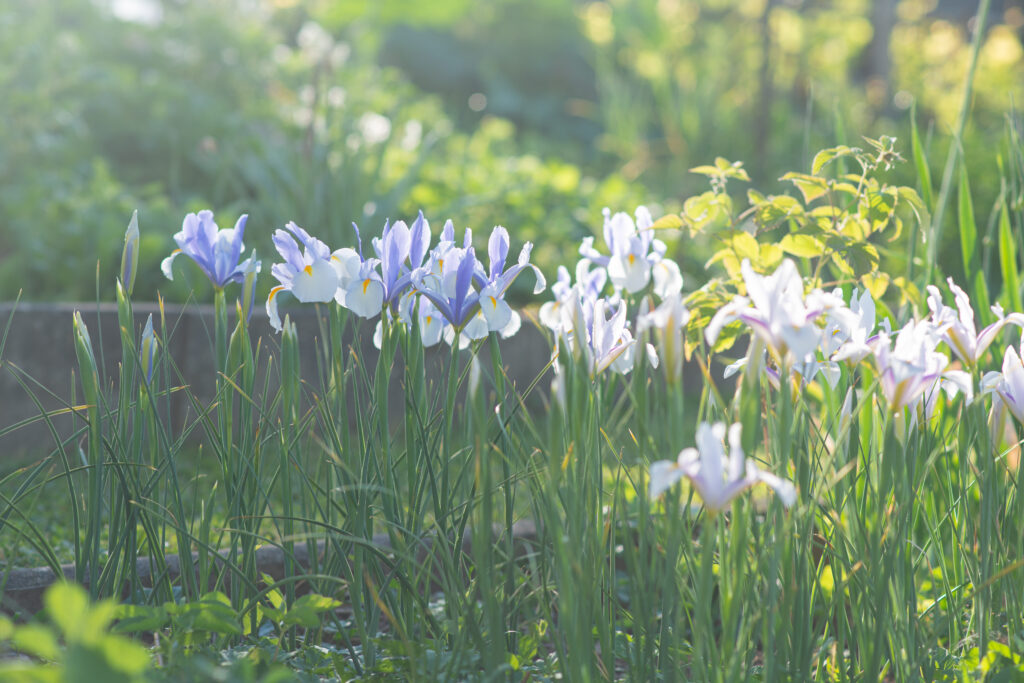
Dutch Iris Silvery Beauty
Dutch Iris Carmen
-
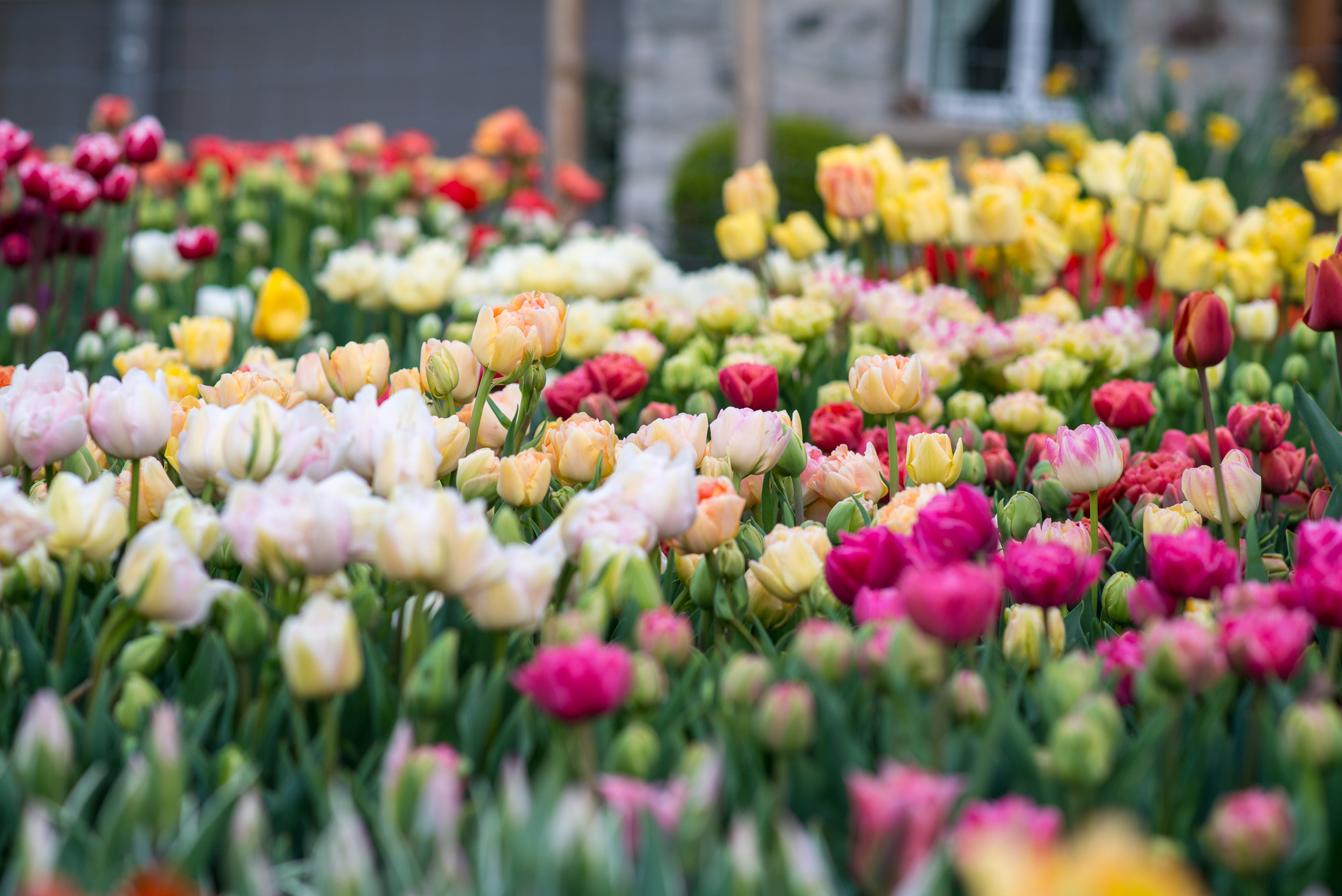
My favorite tulips
Tulips are the soul of spring!
I have been fortunate to grow many unusual varieties of these enchanting flowers. It is with great pleasure that I present my favorites.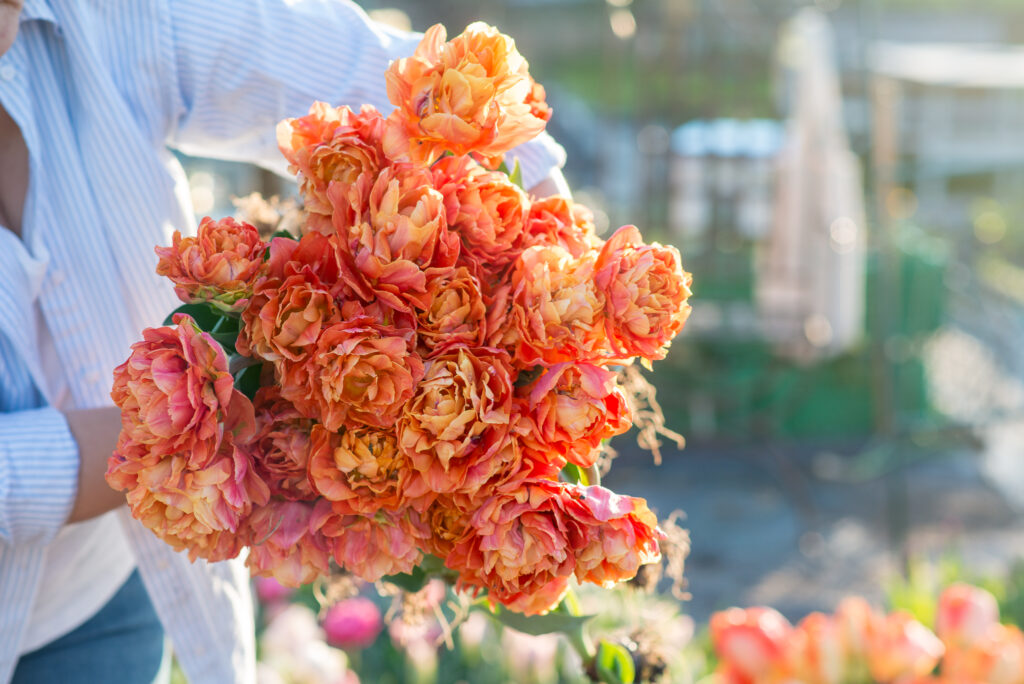
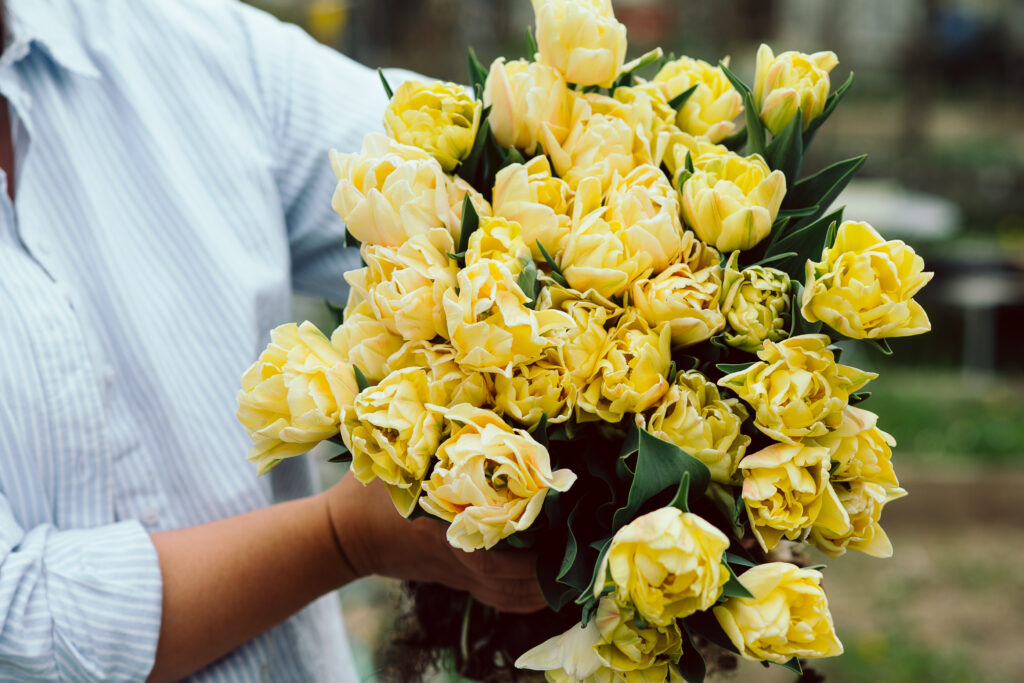
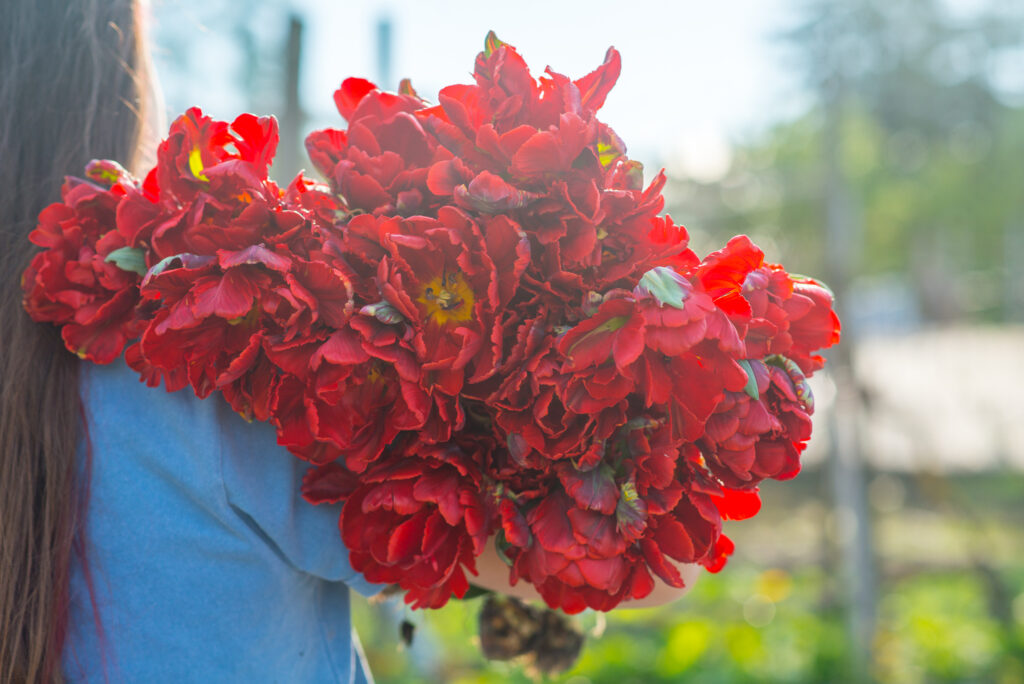
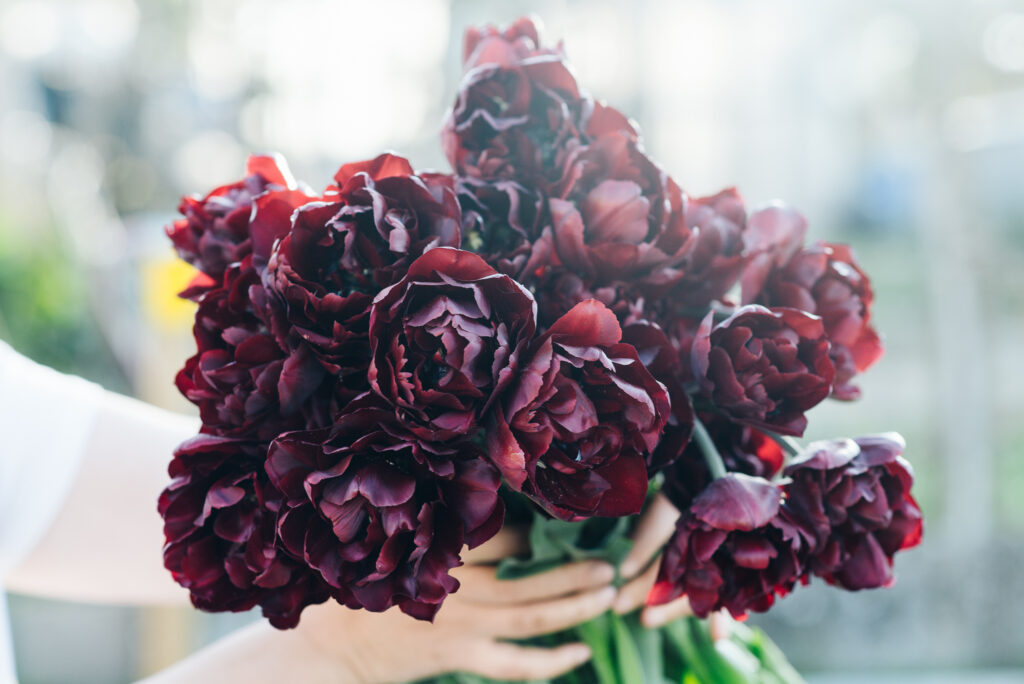
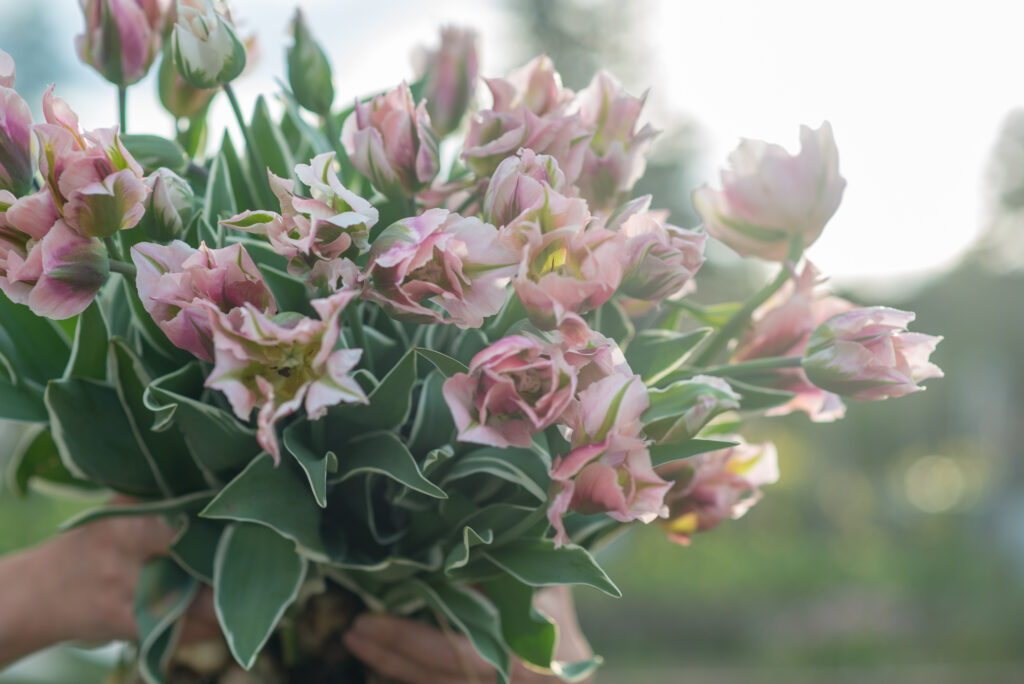
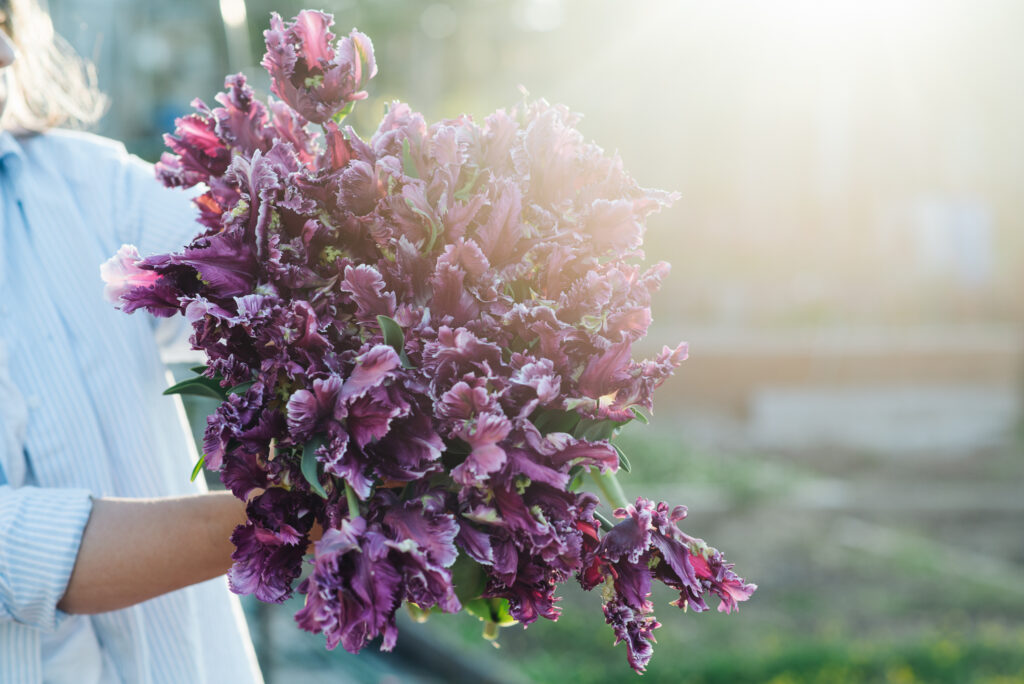
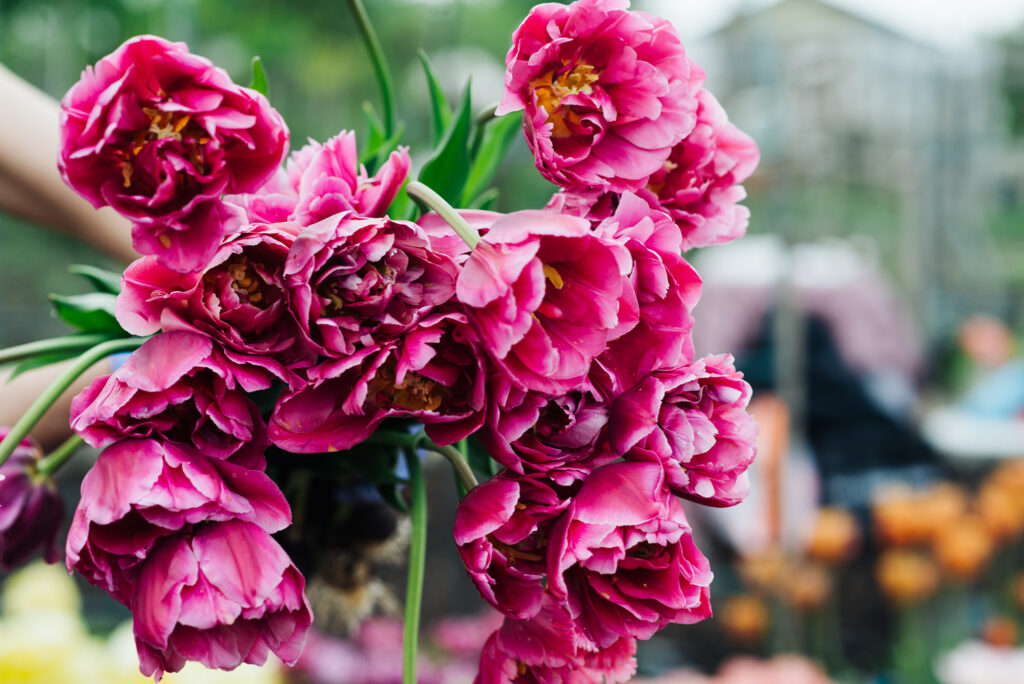
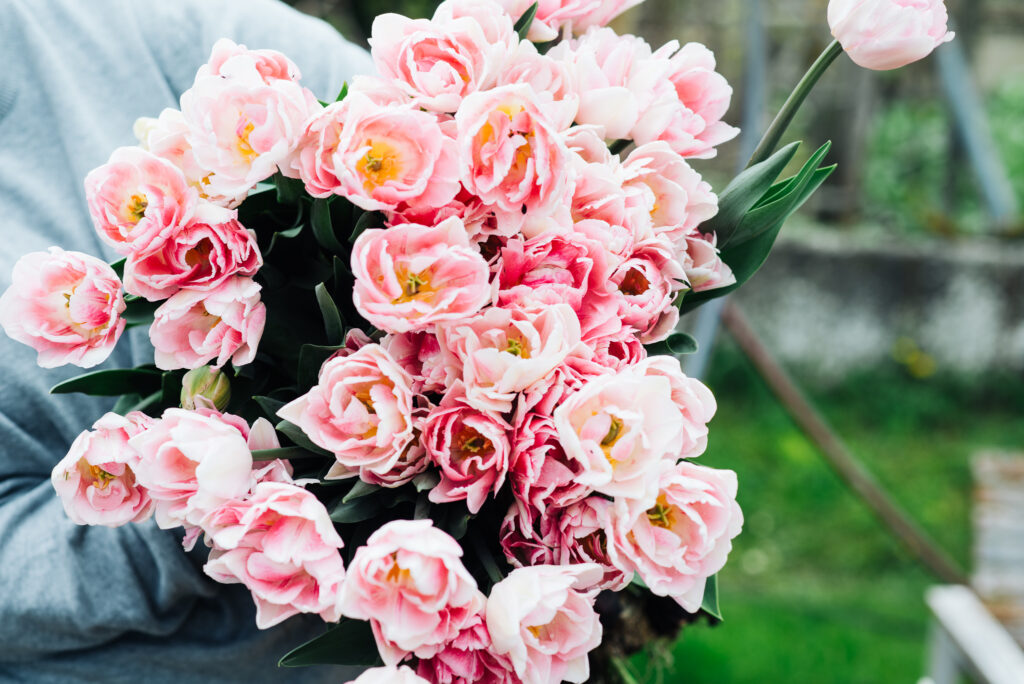
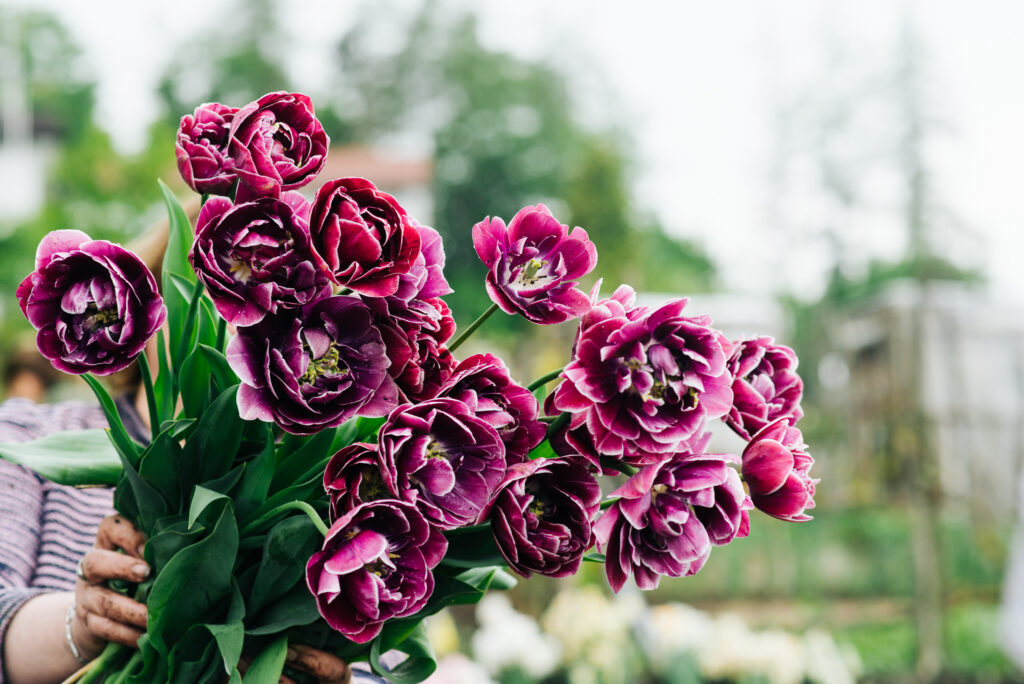
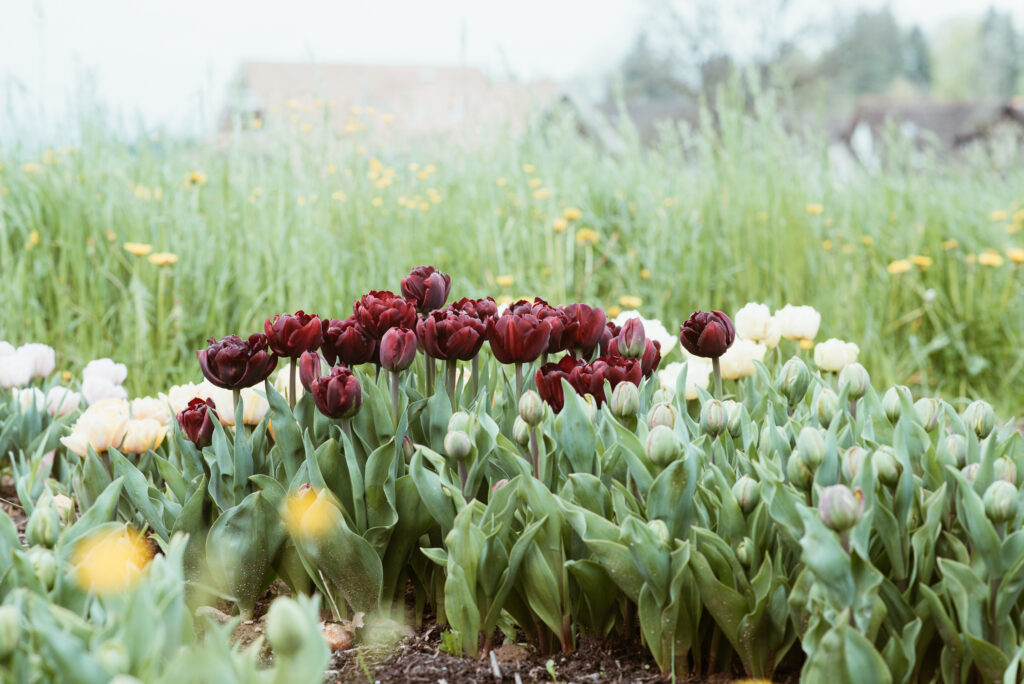
-
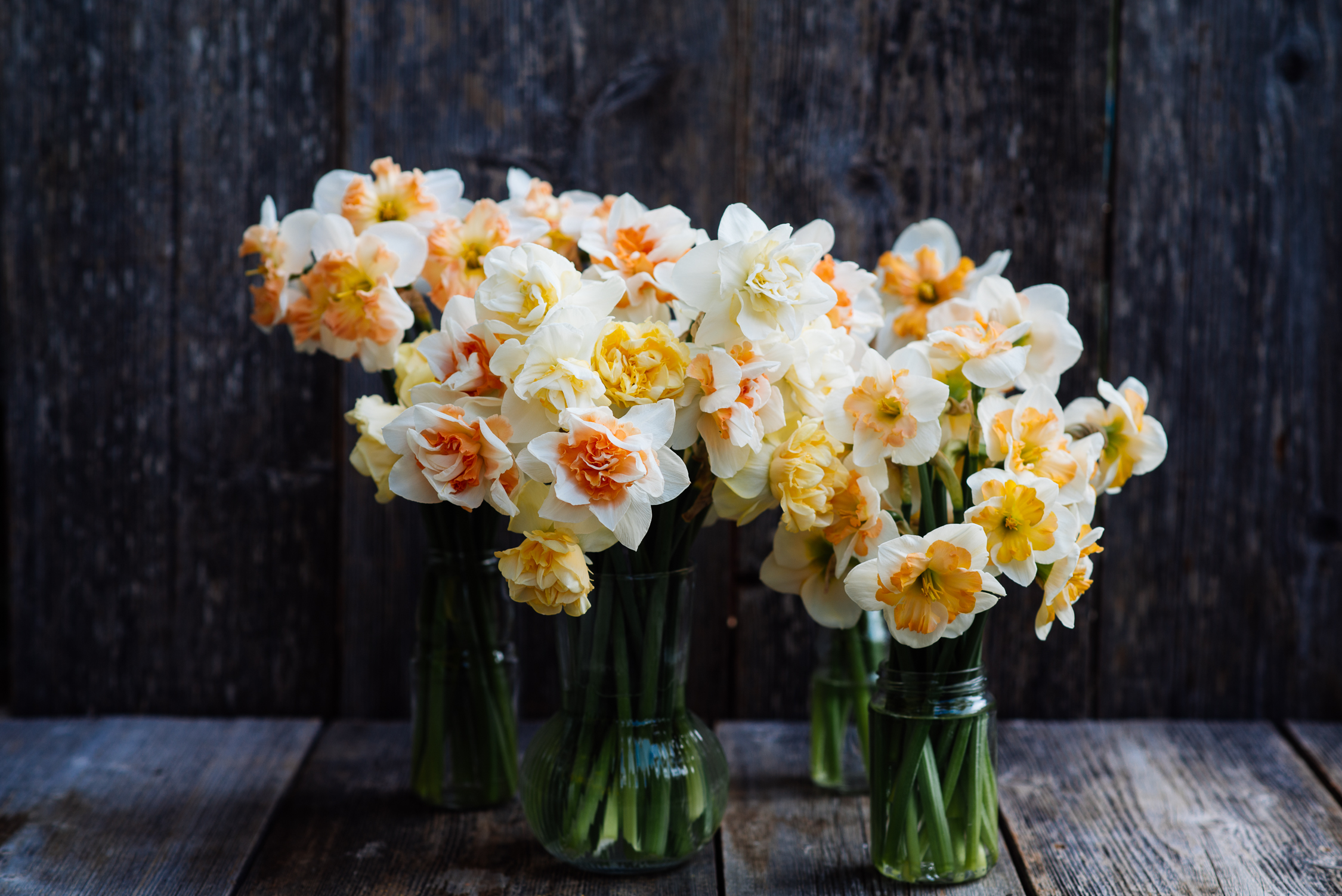
My favorite daffodils
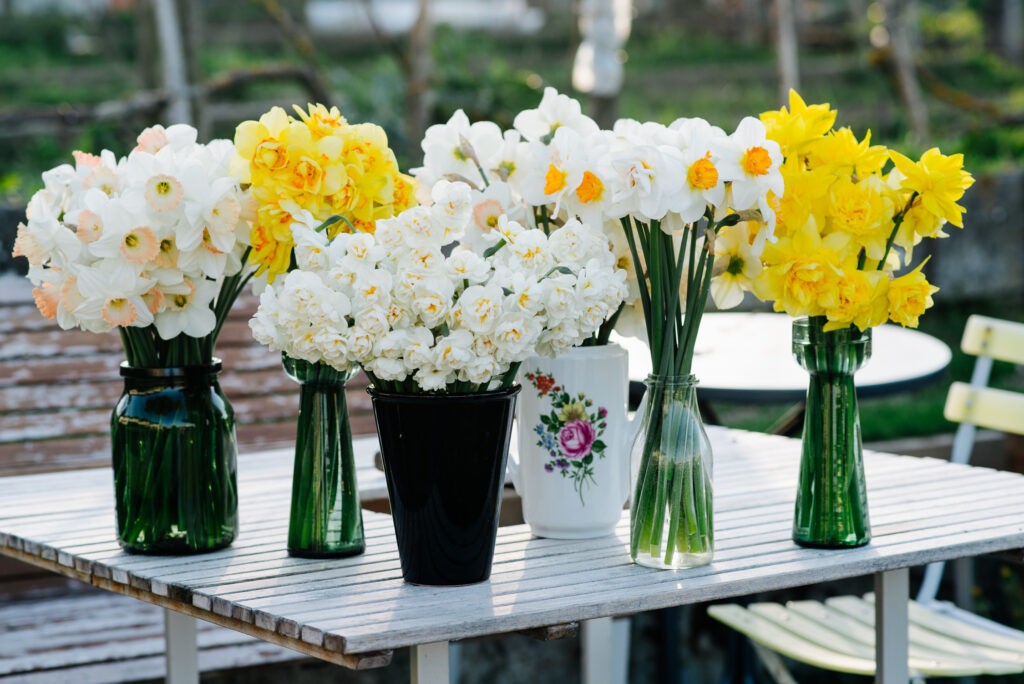
Daffodils - the music of spring!
It is with great pleasure that I introduce moh favorites in this group of colors.








